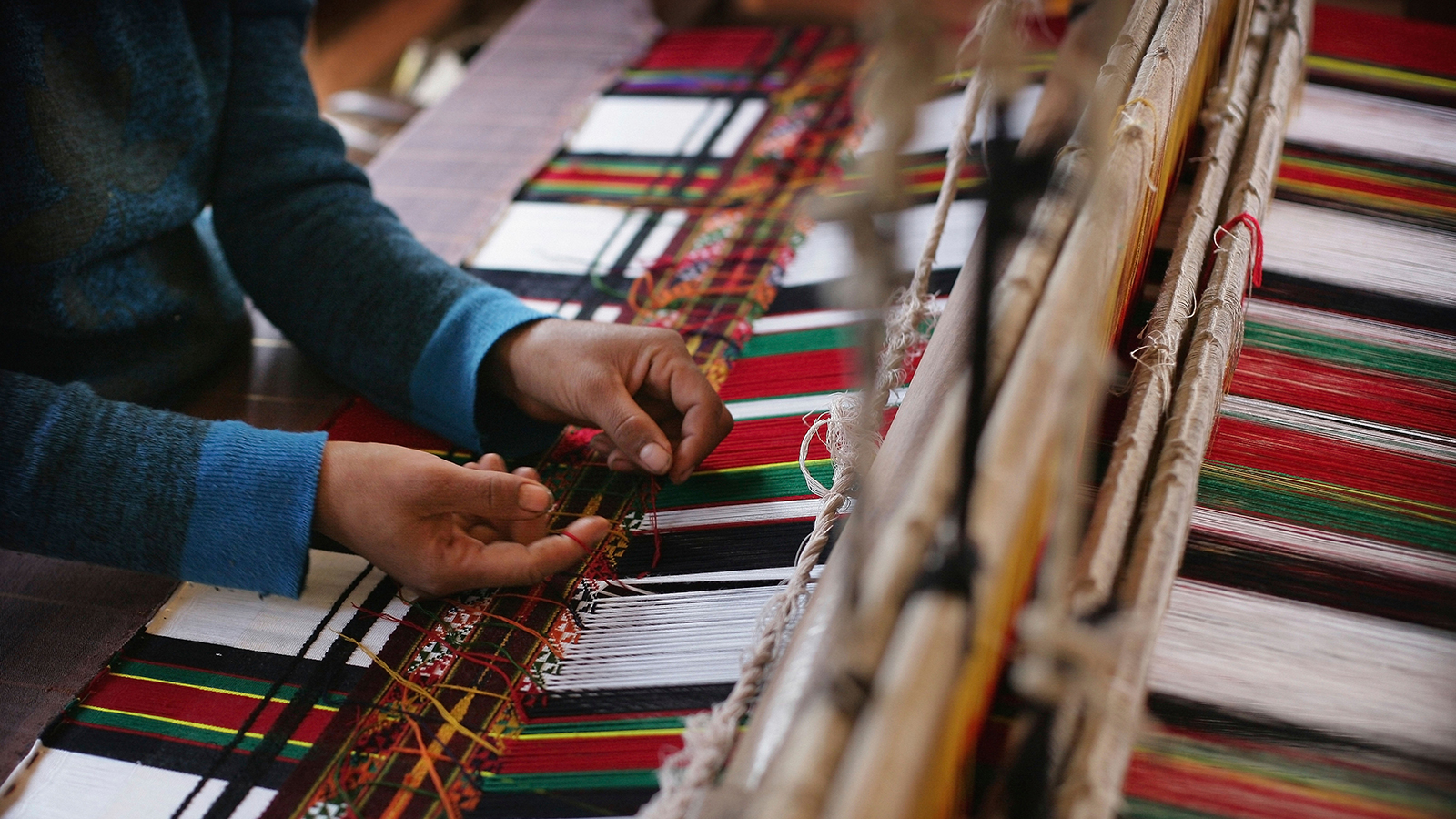Land of the Highlanders
"Consisting of parallel mountain ranges rising to heights of over 9,000 feet, this, the most recent acquisition to Her Majesty's dominions, embraces every variety of physical feature and climate." writes Adam Scott Reid, a 19th century servant of the British empire.


The culture of Mizoram is well known for the colorful attire of the womenfolk, their musical festivals, and the popular Cheraw bamboo dance during the festivals. The people of Mizoram mainly comprise of various Tibeto-Burman groups of the Kuki tribe such as Hmar, Lushai, Ralte, Pawi, Thadou, and Zou. However, with a sense of unity, they prefer to call themselves Mizo as most of the tribes speak Mizo Tawng, the common language. The term Kuki, referring to the frontier highlanders, was used by the neighboring Bengali people of the plains. They are also referred to as Chin people by the Burmese. The Mizo tribes dwell mainly in the Lushai Hills and also in the surrounding mountains of the Chin region of Myanmar.
The Hmars were the first group to enter Mizoram. Their place of origin is believed to be in China and they made their way through Myanmar by learning and adopting the cultures of the Burmese tribes of the Shan Mountains. They are also known as northerners as many Hmar villages are also located in the northern neighboring states of Assam and Manipur. Though the Hmars were savage headhunters, they are also known for their colorful costumes and ceremonial dances. Ralte tribe is one of the largest Mizo groups, they live in the Champhai area and resisted invasions of other tribes. They have stone carvings that depict their history. The Zou tribes dwell mainly in the areas bordering the Chin Hills of Myanmar and have their own language and script called the Zoulai script. Zous also protested the activities of British missionaries as they preserved their old Sakhua religion.
The Lushais are the largest Mizo community. The Lushais were headhunters and also practiced slavery of captured enemies, similar to most tribal cultures of Southeast Asia. Their conflict with the British eventually led to the discovery and colonization of Mizoram. Some Lushai people also consider themselves to be Jews of Bnei Menashe, one of the lost tribes of Israel. The Lai and Mara are two other major tribes of Mizoram who are culturally different from other Kuki groups, inhabiting parts of southern Mizoram and having their own languages and script. The Reang people (Bru tribe) of the Mamit area near Tripura are considered as one of the oldest inhabitants of these hills. They are however a smaller community now in Mizoram. They were believed to have been exiled by Tripuri kings. The Chakma tribe of the Chittagong Hills of Bangladesh also have settlements in the foothills of Mizoram bordering Bangladesh and follow Theraveda Buddhism.
Various tribes migrated from different places, arrived in waves, and made these hills their homeland. However, few aspects of tribal culture continue to remain common among all the groups of Mizo society. All the tribes practiced Jhum cultivation as many migrated in search of better pastures. Hnatlang or community service was an important activity for community welfare. All villages had a Zwalbuk dormitory, the central point of the village where Mizo youth were trained to carry out social responsibilities. Above all, most Mizo tribes believed in the ethics of the Tlawmingaihna moral code which made them courteous and helpful to others. Most of the Kuki-Mizo-Chin tribes then converted to Christianity under the influence of the missionaries during the colonial period. They benefited from western education and soon became a progressive community.
The people of Mizoram are experts in cane and bamboo work as they prepare numerous items of bamboo, right from the cane walls of their houses to furniture and cane hats. Due to the presence of abundant bamboo forests in the state, the hill folk utilize this gift of nature for their daily domestic use. Basketry is a popular craft, baskets such as Paikawng, Thulte, and Tlamen of various shapes and sizes are crafted for different purposes. Bamboo furniture such as the Herhsawp stool, Thuttleng chair, and Tuium water containers can be seen in most households. The Mizos also smoke the cane to make it durable and long-lasting. The ceremonial Khumbeu hats are made out of waterproof Hnahthial leaves. Mizo women excel at weaving. Puanchei and Kawrchei textiles are the beautiful costumes of Mizoram worn during the Kut festivals and Cheraw bamboo dance.
With over a decade of experience as a leading boutique tour operator in the region, travelling to Mizoram with Greener Pastures has its merits. Expect hassle-free insightful journeys in the hands of passionate experts.
all itineraries